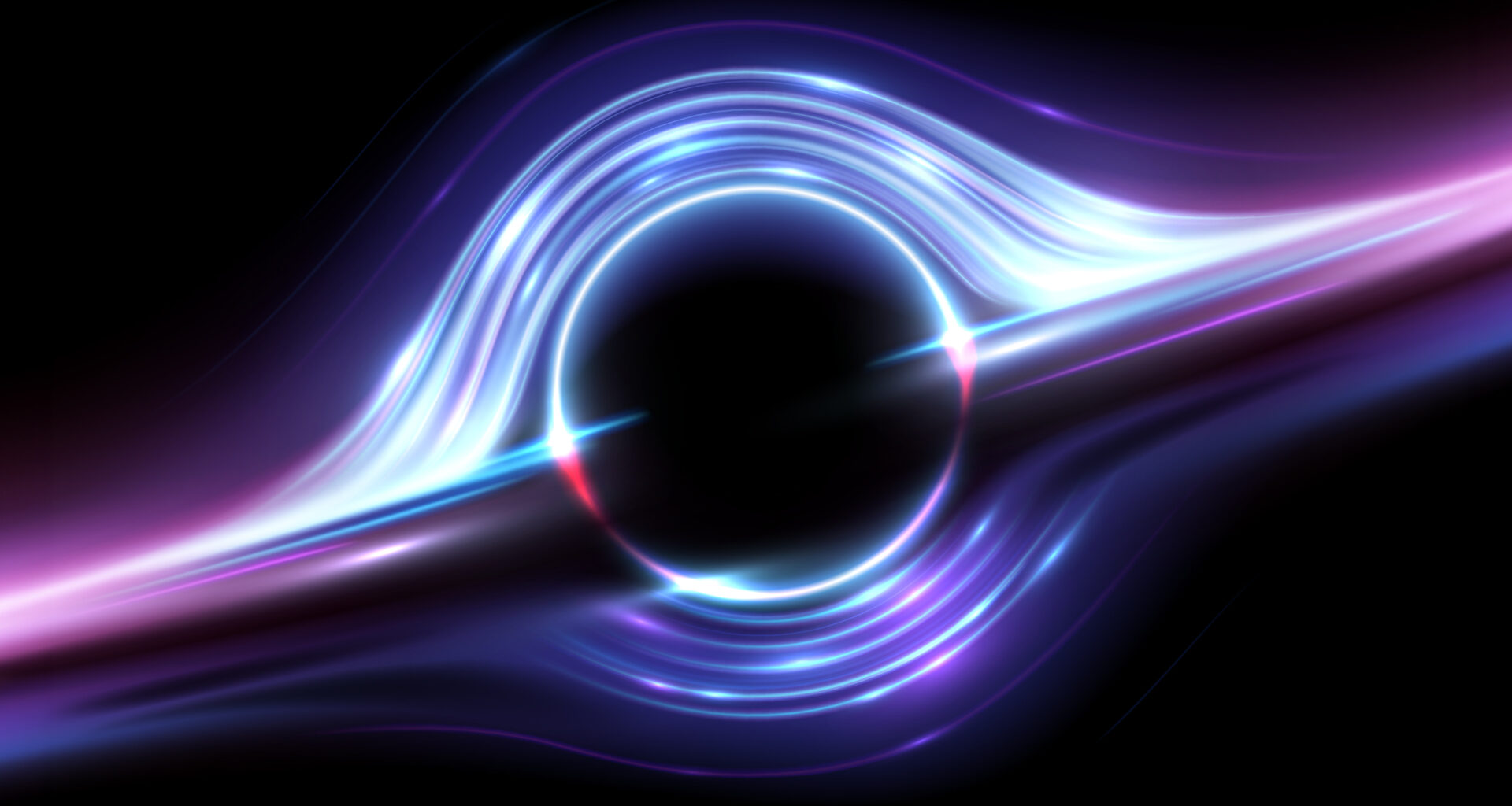Black holes are some of the most extreme places in the universe. The gravitational pull of these objects is so great that even light can’t escape them. The Simons Foundation is pleased to announce the launch of the Simons Collaboration on Black Holes and Strong Gravity, a multidisciplinary community exploring strong gravity in and beyond Albert Einstein’s theory of general relativity.
“Black holes curve space and time in dramatic ways, and the singularities in their interiors are where our current understanding of nature breaks down,” says Collaboration Director Nicolás Yunes of the University of Illinois Urbana-Champaign. “By discovering new signatures of strong gravity when black holes collide and searching for them in gravitational wave data, we can catalyze a radical shift in our understanding of the cosmos.”
Black holes are one of the most astonishing predictions of Einstein’s theory of general relativity. Inside black holes, Einstein’s theory posits that the curvature of space-time diverges, forming singularities that signal the potential breakdown of space-time itself and delineate the edge of our physical understanding. The cataclysmic collision of black holes shakes the fabric of the universe, generating vibrations in spacetime that Einstein dubbed “gravitational waves.” These vibrations travel through the cosmos almost unimpeded, carrying secrets about the cosmos that we can now measure and decode thanks to projects such as LIGO, Virgo and KAGRA.
Through observational advances and breakthroughs in theoretical modeling and data analysis, the study of strong gravity has become a mature and rapidly expanding field. The Simons Collaboration on Black Holes and Strong Gravity will bring together physicists, mathematicians, computer scientists and observers to ensure that strong gravity discoveries are not lost in the explosion of new gravitational observations.
The unifying thread of this Simons Collaboration is the non-linear and dynamical nature of strong gravity and black holes, which collaboration members will explore through mathematics, physics, numerical computations and observations. The collaboration’s major goal is to reveal deep insights about our cosmos at the intersection of strong gravity in general relativity, strong gravity beyond Einstein and gravitational observations. The combined progress in these interconnected themes will allow the collaboration to develop accurate models, interpret gravitational observations and make new discoveries.
Simons Collaborations in Mathematics and the Physical Sciences bring together groups of outstanding researchers to address topics of fundamental scientific importance. Collaborations receive up to $2 million per year for an initial period of four years, including indirect costs, and may be extended for an additional three years.
